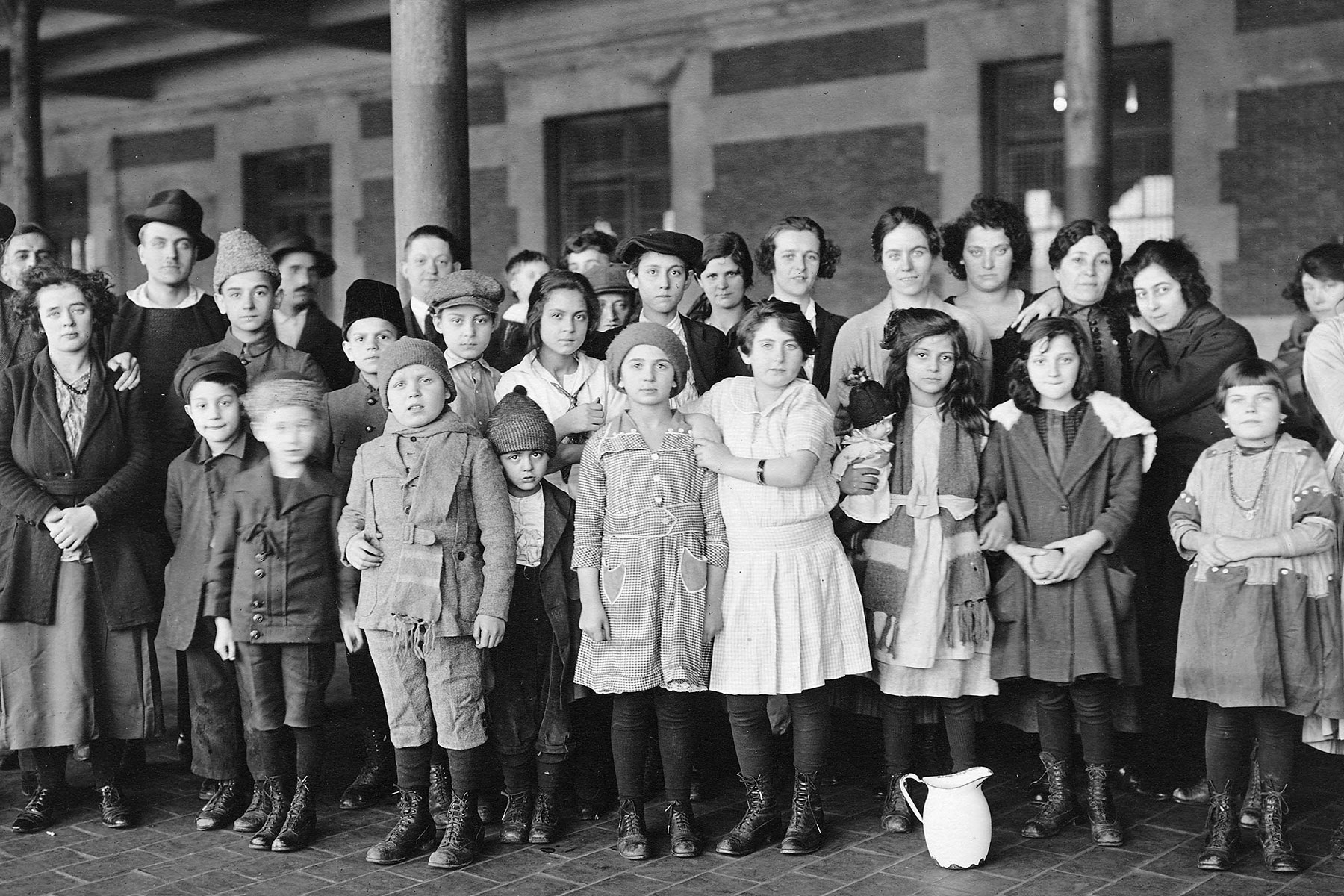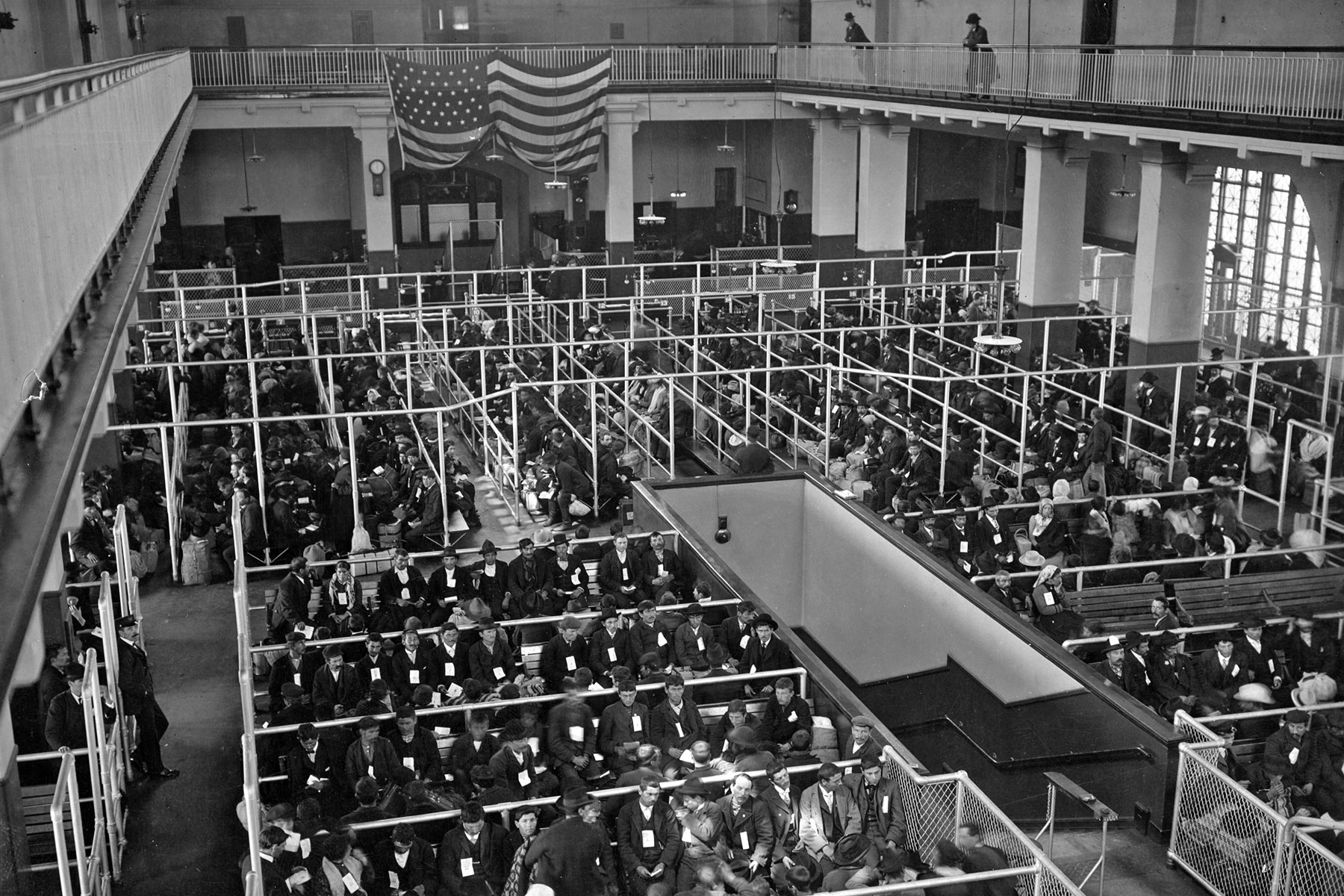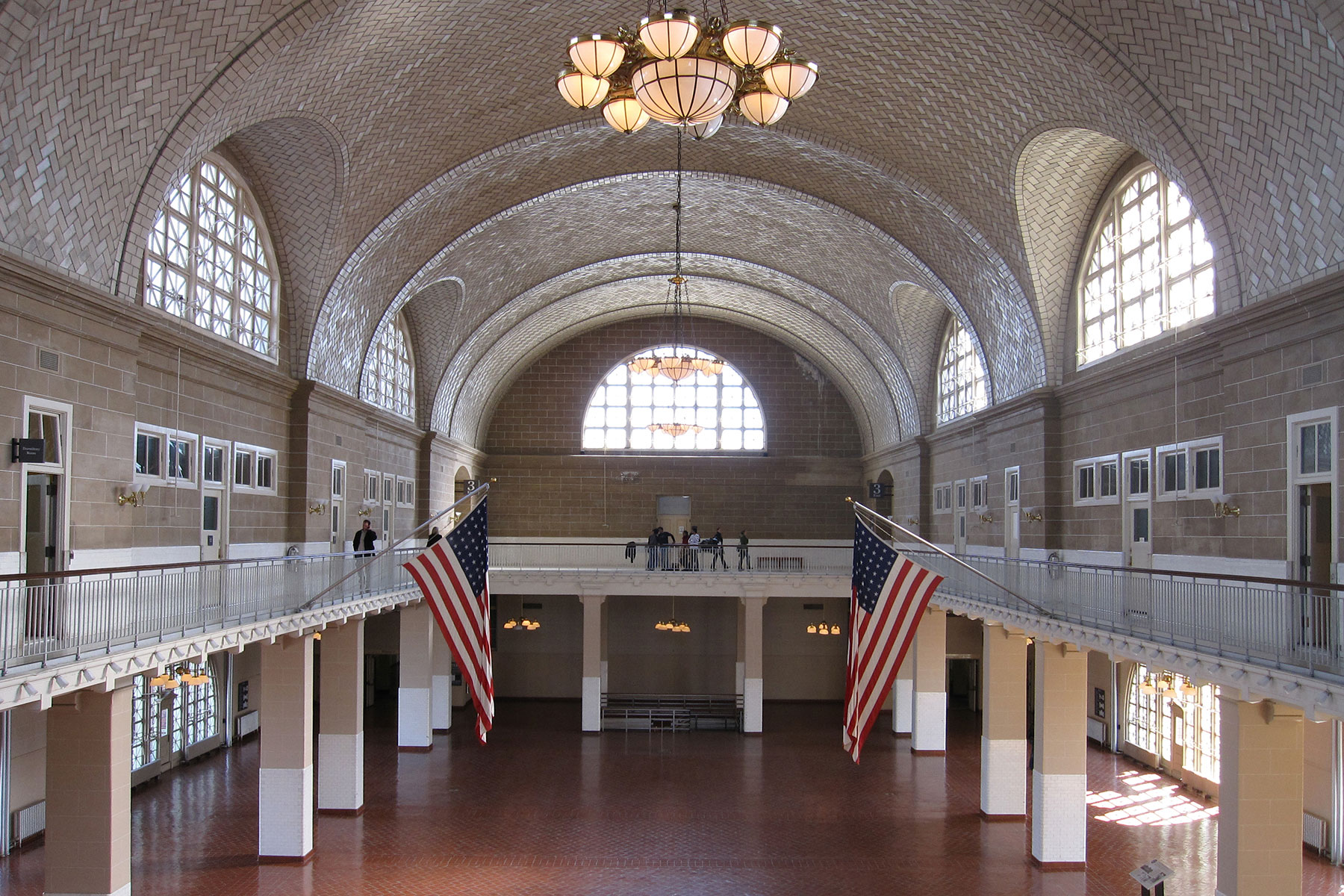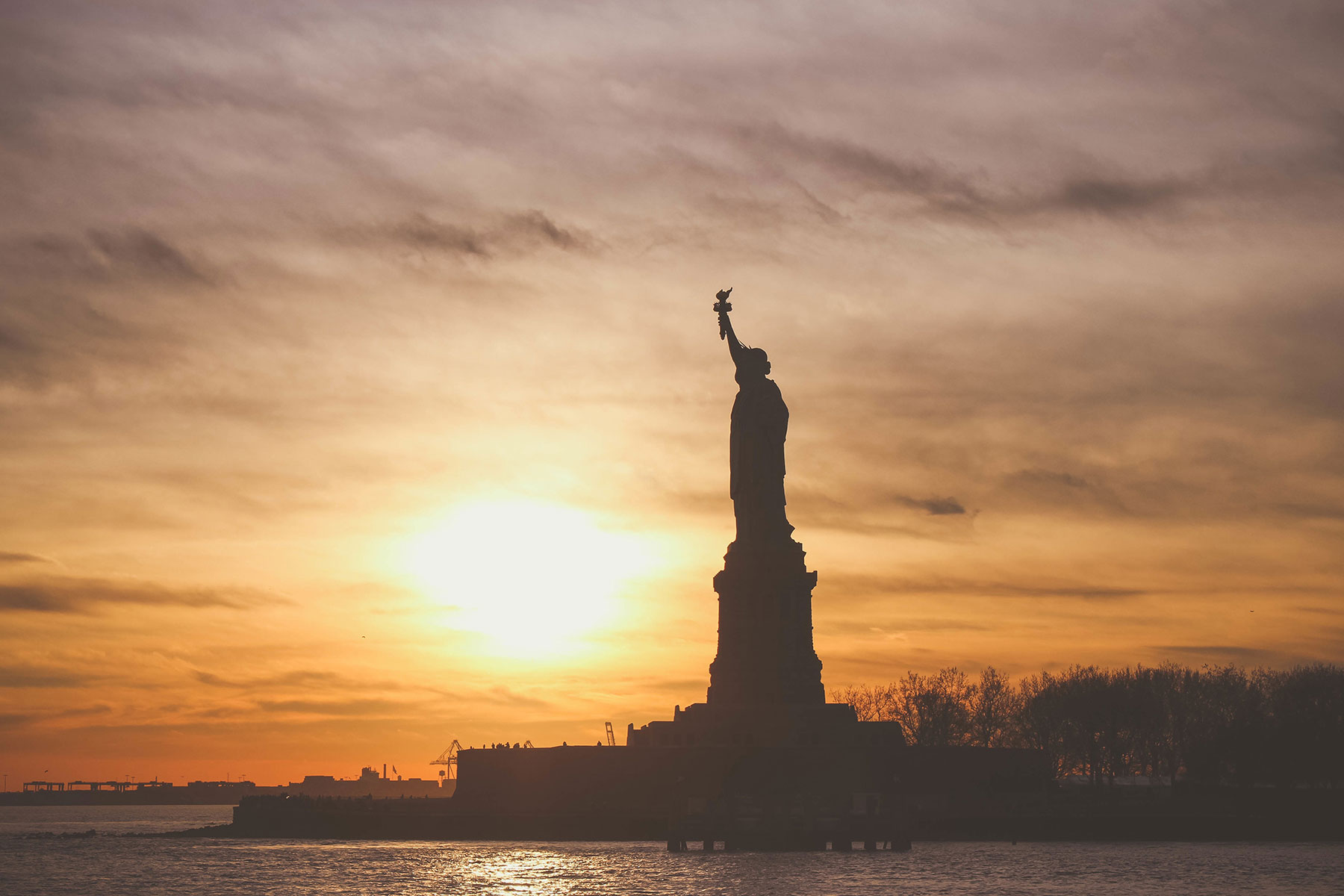
As a city that was completely founded by immigrants, Milwaukee has been swept up in the recent surge of anti-immigration posturing by the President, which has led to heated debates about immigration and questions what America is and stands for.
Trump infused race more deeply into the conversation by reportedly referring to Haiti and African nations as “sh*thole” countries. Those remarks, as well other anti-Muslim statements and disparaging words about Mexicans, show how powerful a role race, ethnicity, and religion are playing in the current discourse about immigration policy.
Contrary to what most of us know about the history of immigration law, these are the same arguments dressed up in new clothing. From the founding of the nation in 1787 when our Constitution was drafted, race and ethnicity have played prominent roles in immigration debates, policies, and laws.
America’s first naturalization law, which determined citizenship credentials, was written in 1790. The law is nearly 228 years old. It limited citizenship to a select group, free whites of good moral standing. The law began a pattern of exclusion for the nation, by who it granted permission to become lawful citizens of the newly formed republic.
The Naturalization Act of 1790 denied citizenship to American Indians, enslaved blacks, European indentured servants, and even free blacks. In later years, Asians would be denied citizenship because they did not meet the standard of being white consistently as determined by U.S. courts.
The Fourteenth Amendment is credited with giving citizenship rights to any person born in the United States and “subjects to the jurisdiction of.” It extended a principle which had already been put in place by the Civil Rights Act of 1866. American Indians were intentionally left out of citizenship as these were being debated.
The Citizenship Clause of the Amendment overturned the Supreme Court decision in the 1857 Plessy v. Ferguson case, which clearly stated that black people were not and could not become citizens. The Naturalization Act extended naturalization to “aliens of African nativity and to persons of African descent.”
The Indian Citizenship Act of 1924 finally granted full citizenship to American Indians, partially to reflect recognition of those who had served in the military during WWI. Approximately 125,000 American Indians gained citizenship. Another 175,000 had previously gained citizenship by joining the armed forces, giving up their tribal ties or accepting land allotments through the Dawes Act or by marrying whites.
In 1952 the Mcarren-Walter Act, formally called the Immigration and Nationality Act of 1952 was passed and eliminated racial barriers to citizenship. It allowed Asians to become legal citizens for the first time.
In the years following WWI, America turned towards isolationism. Disputes about immigration took place across the country. Nativism, or the desire to maintain and promote the interests of native-born inhabitants of the country, became popular again. Nativism is clearly an anti-immigrant sentiment. These debates led to a series of restrictions on immigration. Two results of these debates were the draconian Chinese Exclusion Act of 1882 and the racist Gentlemen’s agreement of 1907, which ended Japanese immigration to the United States.
The Immigration Act of 1917 became the most widespread restriction on immigration from a region in U.S. history up to that time. The bill was written specifically to restrict immigrants from Asia by developing English language literacy tests, and creating categories of people who were deemed “inadmissible persons.” The law was responsible for designating the Asiatic Barred Zone over most of Asia.
In 1921 came the most drastic measures up until that time on restrictive immigration to the United States. The emergency Quota Act of 1921 prevented immigration from Asian and Arab countries, while also putting quotas on those from Africa and Southern and Eastern Europe. The law restricted immigration to 3% of the foreign born population of each group based on the 1910 Census. Three years later the Immigration Act of 1924, commonly known as the National Origins Act, changed the formula. The new quota would be only 2% and the basis for the calculation was moved back to the 1890 Census for three years. The primary reason for the change was to reflect a recognition that millions of undesirable Southern and Eastern European immigrants had arrived since 1890.
The law limited total immigration from all countries to only 150,000 people. To understand the true extent of this change, the number of Italian immigrants became less than 4,000 per year, whereas there had been about 200,000 per year in the first ten years of the 20th Century.
Included in the 1924 law was the Asian Exclusion Act, which limited immigration to “persons eligible for naturalization.” This statute effectively banned East Asians and South Asians who were not considered “white” and was debated for years in U.S. courts. The entire continent of Africa outside of Egypt was given a total quota of 1,100 people. These quotas and restrictions would stay in place until 1965.
Germany (51,227), Great Britain and Ireland (34,007), along with Sweden (9,561), and Norway (6,453) received the largest quotas. It is ironic that President Trump spoke of wanting more people from Norway when he derisively described Haiti and African countries. Northern and Western European immigrants have consistently been the preferred stock of immigrants.
The sweeping 1952 Immigration Act (McCarran-Walter Act) maintained established quotas and established a preference system. Certain ethnic groups were more desirable and immigrants with special skills or relatives in the United States were allowed in with no restrictions or quotas. The act also gave citizenship rights to those in the U.S. territorial possessions of Puerto Rico, Guam and the U.S. Virgin Islands.
The 1952 Immigration Act abolished the standard of “aliens ineligible to citizenship” which primarily applied to Asians. The act allowed up to 100 people total from each Asian country to immigrate. Although very small in numbers, they were supported by members of those communities in hope that the quota system would be eliminated one day. Chinese had been allowed to immigrate in larger numbers as a result of the 1943 Magnuson Act, which was based on the Chinese alliance against Japan in WWII.
The Immigration and Nationality Act of 1965, also called the Hart-Cellar Act, ended the National Origins Formula in place since the Emergency Quota Act of 1921. The quota system that had been the national immigration policy for four decades was eliminated. Racial and national barrier rules were eliminated and led to significant changes in the future of immigration to the country. There were still limits per countries and preference visas were created to benefit those with specific skills and familial relationships to U.S. citizenships. Visas were limited to 170,000 total, but relatives of U.S. citizens and some so-called special immigrants were allowed entry without restrictions.
For the next several decades most of the debates about immigration focused on Mexican and Central American immigrants. As a result of the North American Free Trade Agreement (NAFTA) and detrimental U.S. policies, which destabilized governments, created widespread economic hardships. Wars and economic struggles, as well as massive earthquakes in places like Haiti, led to large numbers of immigrants arriving under hardship visas known as temporary protected status (T.P.S.). Persons from El Salvador, Haiti, Honduras, Nepal, Nicaragua, Somalia, Sudan, South Sudan, Syria and Yemen have been allowed to immigrate under this policy.
Recently President Trump declared that most of these people would be forced to leave the country. 200,000 Salvadorans, 45,000 Haitians, 2,500 Nicaraguans have already been told they will be forcibly expelled from America.
Southeast Asian refugees displaced by the Vietnam War and subsequent political instability in the region have suffered many hardships since arriving in the United States. They were given very limited support once they arrived and have, contrary to popular sentiment, not been a part of the so-called model minority.
The issue of Dreamers has become the center of the most recent debates about immigration. The 2001 Dream Act (Development, Relief, and Education for Asian Minors Act) qualified certain minors to qualify for conditional residency and eventually permanent residency. These minors, known as Dreamers, have become a political football under the Trump administration. 800,000 DACA recipients are facing deportation after President Trump ended the program.
Trump upset many Dreamers in his January 30 State of the Union Address by saying things such as “Americans are dreamers too.” They reject all his policies, from the proposal about having to wait 12 years to become a citizen, to him abolishing a diversity visa program, placing restrictions on family-sponsored green cards, and his unpopular attempts to build a massively expensive border wall along Mexico.
These current debates are tied directly to race. This is nothing new in our history. We as a free country must understand that race and ethnicity have been used as tools to keep America looking a particular way for years. We have never fully embraced diversity and do not appear to be ready to do so any time soon.
Our nation has presented itself to the world as the land of opportunity. The Statue of Liberty plaque states: “Give me your tired, your poor, your huddled masses yearning to breathe free, the wretched refuse of your teeming shore, send these, the homeless, tempest-tossed to me, I lift my lamp beside the golden door.”
These words do not match the history of our immigration policies and their ongoing implementation. And in light of this context, it should be considered a farce.
© Photo
The National Archives
















